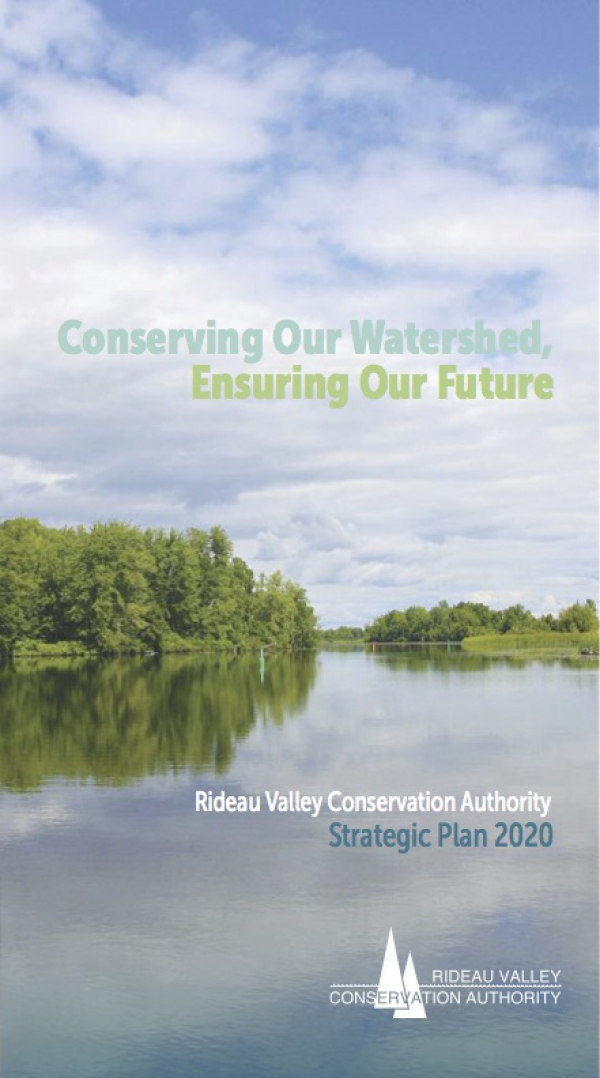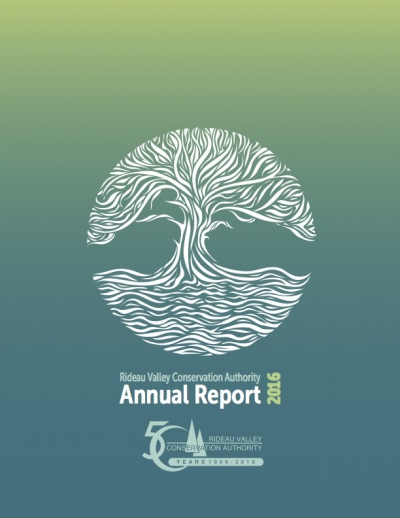
RVCA (1141)
Children categories

Department (66)
Main Office Phone Numbers : 613-692-3571 / 1-800-267-3504
Staff Directory
RVCA Launches Strategic Plan
Deep Freeze Slows Runoff
Potential for Low-Lying Areas to be Flooded
Example of a typical half-day program
| Arrive at Conservation Area (introductions, snack and washroom break) | 15 minutes |
| Program* | 90 minutes |
| Lunch | 30 – 45 minutes |
| Departure or self-directed (visiting teachers are responsible for activities that may include exploring the trails, scavenger hunts, etc.) | Determined by visiting teacher |
| Prepare to depart (snack and washroom break) | 15 minutes |
| Departure |
Example of a typical full-day program
| Arrive at Conservation Area (introductions, snack and washroom break) | 15 minutes |
| Program* | 90 minutes |
| Lunch | 30 – 45 minutes |
| Program* | 90 minutes |
| Prepare to depart (snack and washroom break) | 15 minutes |
| Departure |
*Please note that we can typically accommodate two groups of up to 30 students for a total of 60 students at a time for programming. Each group of up to 30 will be led by an RVCA instructor (programs may occur simultaneously or one in the morning and one in the afternoon depending on time restrictions).
Drought Condition Downgraded to Moderate
Live 88.5 Carbon Neutral Forest Grows
Warming Trend Expected to Cause Unsafe Conditions
More...
Our work in regulating lands has several major components.
1. Regulation Permits
We ensure that development proposals have regard for natural hazard features and the natural environment while conforming with our watershed development policies. We are authorized under Section 28 of the Conservation Authorities Act. Learn more >>
2. Municipal Plan Review
We are responsible for representing the provincial interests with respect to natural hazards (examples include flooding, erosion and unstable ground) and natural features on applications circulated under the Planning Act. We are responsible for providing advice on the interpretation of the Provincial Policy Statement. We also have agreements with the City of Ottawa and Counties in the watershed to provide comments on natural heritage features, which include significant woodlands, wetlands, environmentally sensitive areas, fish habitat, as well as rare, threatened and endangered species and their habitats. Learn more >>
3. Board Approved Development Policies
The goal is to foster and consistently apply the development policies and guidelines that protect the environmental integrity of our watershed. Recognizing that development and changes occur within some limits and is ultimately limited by the capacity of the watershed environment is key.
4. Septic System Approvals and Re-inspections
We provide septic system approvals and re-inspection program in interested municipalities. Our role is to ensure septic systems are built property for the benefit of the homeowner and the environment. We enforce the rules and regulations defined by the Ontario Building Code. Learn more >> Ottawa Septic System Office
Learn more >> Mississippi Valley Septic System Office
5. Technical Assistance
RVCA engineering and technical staff may also provide comments on water management and natural hazard aspects of planning and regulatory applications depending on the complexity of the application.
They are also involved in preparing subwatershed reports, remedial strategies and stormwater management strategies and the design of capital work projects and major floodplain engineering studies.
Key areas of expertise include: hydraulics and hydrology, plan input and review, environmental regulations, data collection and computer modeling, remediation and restoration techniques for the natural environment, project design, tendering and supervision.
6. Stewardship
Our stewardship programs provide technical and financial assistance to support private landowners who undertake environmental projects that are designed to improve surface and groundwater quality, reduce soil erosion, enhance wildlife and more. Learn more >>
7. Flood Forecasting and Flood Control
RVCA is responsible for issuing flood warnings to help reduce flood damages. We do this by monitoring weather conditions and river flows issuing flood messages (advisories and warnings) to a variety of public service agencies through the media and this website controlling development in flood-prone areas to reduce potential property damages. Learn more >>
If you are planning to do any work near a lake, river, stream, floodplain, steep slope or wetland, you may require approval from the RVCA.
The following projects require RVCA review and approval:
- the construction, reconstruction, erection or placing of a building or structure of any kind,
- changes that would alter the use or potential use of a building or structure
- increasing the size of the building or structure or increasing the number of dwelling units in the building or structure,
- site grading,
- the temporary or permanent placing, dumping or removal of any material, originating in the site or elsewhere,
- the straightening, changing or diverting or interfering with an existing channel of a river, creek, stream or watercourse, or changing or interfering with a wetland.
- All shorelines and watercourses, regardless of whether or not they appear on mapping, are subject to the alteration to waterways component of Ontario Regulation 174/06.
Note: As of April 1, 2024, Ontario Regulation 41/24: Prohibited Activities, Exemptions and Permits will replace the RVCA's existing Ontario Regulation 174/06 under Section 28 of the Conservation Authorities Act. Moving forward, O. Reg. 41/24 will be used by all Conservation Authorities.
If you are not within an identified floodplain, wetland, adjacent to a steep slope or working on the waterfront, then a permit may not be required from the RVCA. You should still contact your municipality to ensure your project meets municipal requirements. Please contact us for information.
All regions of Ontario experience flooding, erosion and slope failures. These are naturally occurring processes that have been continuously shaping and reshaping the earth for thousands of years. These processes represent a "hazard" when people and structures are located within areas directly impacted by these naturally occurring processes.
The RVCA administers a regulation made under Section 28 of the Conservation Authorities Act known as Development, Interference with Wetlands and Alterations to Shorelines and Watercourses Regulation.
Note: as of April 1, 2024, Ontario Regulation 41/24: Prohibited Activities, Exemptions and Permits will replace the RVCA's existing Ontario Regulation 174/06 under Section 28 of the Conservation Authorities Act.
This regulation allows RVCA to ensure that proposed developments have regard for natural features in order to:
- prevent loss of life;
- minimize property damage and social disruptions;
- reduce public and private expenditures related to emergency operations, evacuations and restoration;
- minimize the hazards associated with development in floodplains and areas which are susceptible to erosion, which in future years may require expensive protective measures.
Looking to understand some basics about a property?
Option 1 — Map A Property
Visit our online mapping tool to search your property and explore the regulated areas in our watershed.
Option 2 — General Property Inquiry
Complete our General Property Inquiry Form to receive a map showing the mapped natural hazard (floodplain, unstable slope, wetland) or natural feature, 1:100 year flood elevations if applicable and available, links to general information, regulators and policies. Please allow for 48 to 72 hour response time for General Property Inquiries. More complex requests may take longer.
If you require formal written response to legal, real estate and related financial inquiries or require a review of historical files for specific project/proposals or technical review, please learn about our Property File Search Service.















